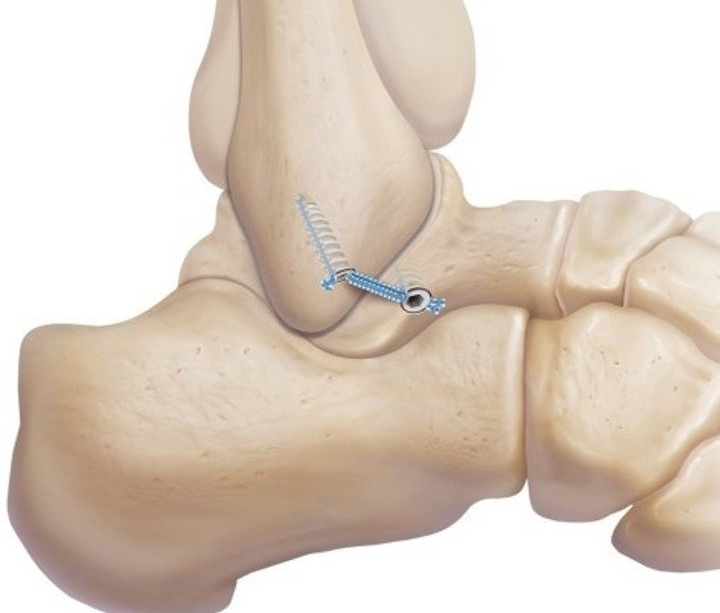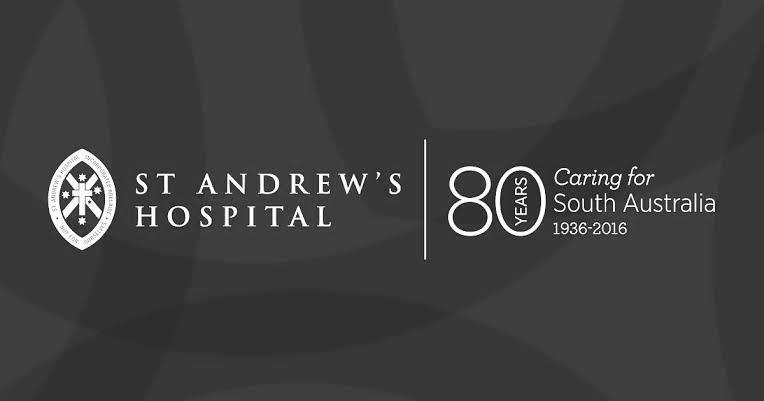Ankle Stabilisation
What is Ankle Stabilisation?
Ankle stabilisation is a surgical procedure used to treat ankle instability. Please see Ankle Instabilityunder the ANKLE menu for more information. Another term for this operation is "ankle reconstruction".
There are several ways to surgically stabilise the ankle:
- Most surgeons now use a modified Brostrom technique +/- an Internal Brace/BioBelt . This tightens the ankle ligaments directly.
- It is also possible to use a hamstring tendon or artificial ligament (LARS) in special cases.
- Older techniques used the peroneal tendons (Evans Procedure) with poor long-term results .
What is an Ankle Internal Brace?
An ankle Internal Brace is a band of strong suture placed across the tightened ankle ligaments for extra protection ( see image). It does not replace the ligaments.
This allows faster rehabilitation. It also improves the chance of successful surgery when ligament tissue is poor quality:
- people with generalised ligament laxity
- multiple sprains over years
- previous "failed" ankle stabilisation surgery.
Dr Beamond has been using this technique for over 10 years. He spent time with its inventor, Professor Gordon Mackay, in Munich during 2015. He teaches it to Australian orthopaedic surgeons in Singapore for Arthrex.
Not all ankles need an Internal Brace/BioBelt at the time of stabilisation. This decision is usually made before surgery.
Ankle Stabilisation Recovery
- is Day Surgery or overnight in hospital
- requires a general anaesthetic in most people
- takes 45 minutes.
- bandage
- "moon-boot" and crutches
- rest, elevation and ice (RICE)
- ankle and foot movements
- post-operative appointment.
- "moon-boot" to stand and walk
- RICE as needed
- physiotherapy-guided strengthening program.
- shoes +/- ankle brace
- exercise bike and pool-based activities
- return to sports-specific training then sport.
- 95% of people are helped by surgery
- 5% of people are not helped by surgery
- <1% of people are made worse by surgery.
- driving restrictions (2 to 8 weeks)
- return of instability in 5% of people
- see General Information about Surgery.














